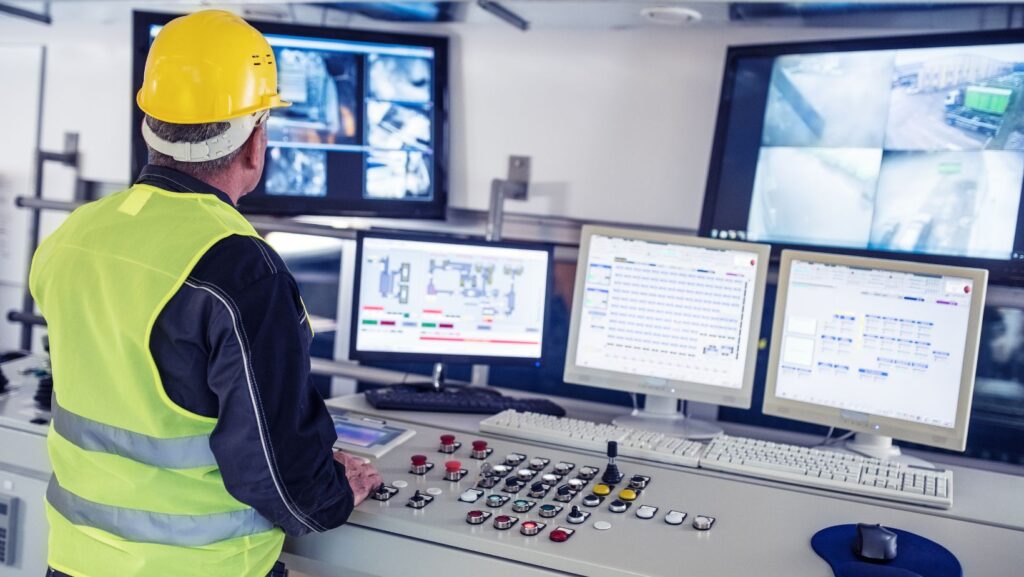In the fast-paced world of product design, efficiency is key. Whether you are designing the next big consumer gadget or an industrial product, the ability to rapidly prototype and iterate can make a massive difference in how quickly you can bring your idea to market. One of the most valuable tools in the product designer’s toolkit is CNC machining (Computer Numerical Control), which allows for the creation of precise, high-quality prototypes quickly.
In this article, we will discuss how prototype CNC machining contributes to maximizing efficiency in product design and why integrating Rapid Axis technology can take your prototyping processes to the next level.
What is Prototype CNC Machining?
CNC machining is a method that uses computer-controlled machinery to remove material from a workpiece to create complex shapes and designs. The process is incredibly precise and efficient, allowing product designers to create highly accurate prototypes, mockups, or even final products. This technology has revolutionized the prototyping stage by reducing both the time and cost associated with traditional methods.
With prototype CNC machining, designers can bring their concepts to life in a matter of hours, rather than weeks. This gives them the ability to test, evaluate, and improve their designs quickly. CNC machines can work with a wide variety of materials, including metals, plastics, and composites, making them versatile tools in the design and manufacturing process.
The Importance of Rapid Prototyping in Product Design
Rapid prototyping is the cornerstone of modern product development. In the past, designers would rely on manual methods, like handcrafting models or using casting techniques, which could take a long time and were often prone to errors. Today, rapid prototyping through CNC machining has significantly cut down on these timelines and offered a more reliable way to test product designs before mass production.
The major advantage of rapid prototyping is that it allows designers to test the functionality, aesthetics, and ergonomics of their products in real-time. They can assess whether their design works as intended, and if not, modifications can be made swiftly and with minimal cost. This agile process encourages iterative design, leading to improved end products with better customer satisfaction.
How Prototype CNC Machining Enhances Product Design Efficiency
There are several ways prototype CNC machining maximizes efficiency in product design. Below are some of the key benefits:
1. Speed of Development
The most immediate benefit of using CNC machining for prototyping is the speed. Traditional prototyping methods, such as handcrafting, can take days or weeks to complete. In contrast, CNC machines can quickly produce a prototype in a matter of hours, allowing designers to move faster and start testing their ideas sooner. The speed not only saves time but also cuts down on development costs, making it easier for designers to work within tight timelines and budgets.
2. Accuracy and Precision
Another major advantage of CNC machining is its precision. CNC machines can create parts and prototypes to exact specifications, which reduces the need for manual adjustments and rework. This accuracy is especially important in industries like aerospace, automotive, and medical device manufacturing, where even the smallest error can have significant consequences. CNC machining allows designers to work with high levels of precision, ensuring that prototypes closely resemble the final product.
3. Material Versatility
CNC machines can work with a wide variety of materials, including metals, plastics, composites, and even wood. This versatility allows designers to prototype with the same materials that will be used in the final product, ensuring that the prototype behaves similarly to the final version. This helps to prevent unforeseen issues that may arise later in the production process, saving time and money in the long run.
4. Complex Designs and Geometries
One of the most notable advantages of CNC machining is its ability to create complex shapes and geometries that would be difficult or impossible to achieve using traditional methods. This capability is especially important in industries that require highly specialized components, such as aerospace or electronics. CNC machines can create intricate designs with multiple layers, undercuts, and other complex features that are often required in product development.
5. Rapid Iteration and Testing
In the design process, iterating and refining ideas is a crucial part of achieving the best possible product.

With CNC machining, designers can quickly modify their prototypes and produce new versions without significant delays. This capability is vital for testing different variations of a design to determine which performs best, ultimately leading to a more refined final product.
The Role of Rapid Axis in Prototype CNC Machining
Rapid Axis technology is an advanced form of CNC machining that enhances the speed and accuracy of the prototyping process. It refers to machines that are capable of rapid, high-precision movements along multiple axes, typically the X, Y, and Z axes, which allows for more complex operations to be completed faster.
In traditional CNC machines, the movement of the tool is restricted to a smaller range of motion. However, with Rapid Axis machines, the tool can move along additional axes, such as rotational axes (A, B, and C). This allows the machine to work on multiple sides of a part without needing to reposition it, making the process faster and more efficient.
By integrating Rapid Axis into CNC machining, designers can expect even faster prototyping times. The added versatility of the system also allows for greater design flexibility, enabling designers to explore more complex and unique shapes in their prototypes. Rapid Axis systems are particularly beneficial for industries where speed and precision are crucial, such as automotive and medical device manufacturing.
Benefits of Rapid Axis in CNC Prototyping
- Increased Speed: With the ability to work on multiple sides of a part simultaneously, Rapid Axis systems can cut down the total time required for machining, speeding up the prototyping process.
- Greater Accuracy: The enhanced control over tool movement allows for higher precision, ensuring that the prototype matches the design specifications exactly.
- Complex Machining: Rapid Axis systems can handle more complex machining tasks, allowing for the production of prototypes with intricate features that may have been difficult to achieve with traditional machines.
- Cost-Effective Production: Faster machining processes mean less time is spent on each prototype, reducing overall production costs. Additionally, fewer tool changes are needed, which saves time and minimizes the potential for errors.
- Improved Design Flexibility: With the ability to move along multiple axes, designers can experiment with more complex shapes and geometries, resulting in more innovative and functional product designs.
Streamlining the Design Process with Prototype CNC Machining and Rapid Axis
To maximize the efficiency of your product design process, it’s crucial to integrate CNC machining and Rapid Axis technology from the very beginning. Here are some actionable tips to make the most of these tools:
- Plan Your Design for CNC Machining: Design your product with the capabilities of CNC machining in mind. Keep the constraints and benefits of the process in mind to avoid unnecessary complications during prototyping.
- Use 3D CAD Models: Utilize 3D CAD software to create detailed models of your product before machining. This will help you identify potential issues early in the design process and make the transition to CNC machining smoother.
- Prototype Early and Often: Take advantage of the speed and flexibility of CNC machining to prototype early and often. This allows you to test multiple design variations, identify problems, and refine your product in a cost-effective and efficient manner.
- Choose the Right CNC Machine: Ensure that the CNC machine you choose has the necessary capabilities for your design. If your project involves complex geometries, consider using Rapid Axis systems to expedite the process.
- Collaborate with Experienced CNC Machining Professionals: Partner with a trusted CNC machining provider who understands the nuances of rapid prototyping. Their expertise can ensure that your prototypes are produced with the highest accuracy and efficiency.
Conclusion
Prototype CNC machining is a game-changer in product design, offering speed, precision, and cost-effectiveness that traditional methods simply cannot match. Integrating Rapid Axis technology into the process further enhances these benefits, allowing designers to iterate quickly and explore more complex designs. By leveraging CNC machining and Rapid Axis systems, designers can maximize their efficiency and bring high-quality products to market faster than ever before.

Incorporating these cutting-edge technologies into your product design strategy will not only streamline your development process but also give you a competitive edge in an increasingly fast-paced marketplace. Whether you’re working on a small-scale consumer product or a complex industrial component, prototype CNC machining with Rapid Axis technology is the key to achieving faster, more accurate, and cost-effective results.

